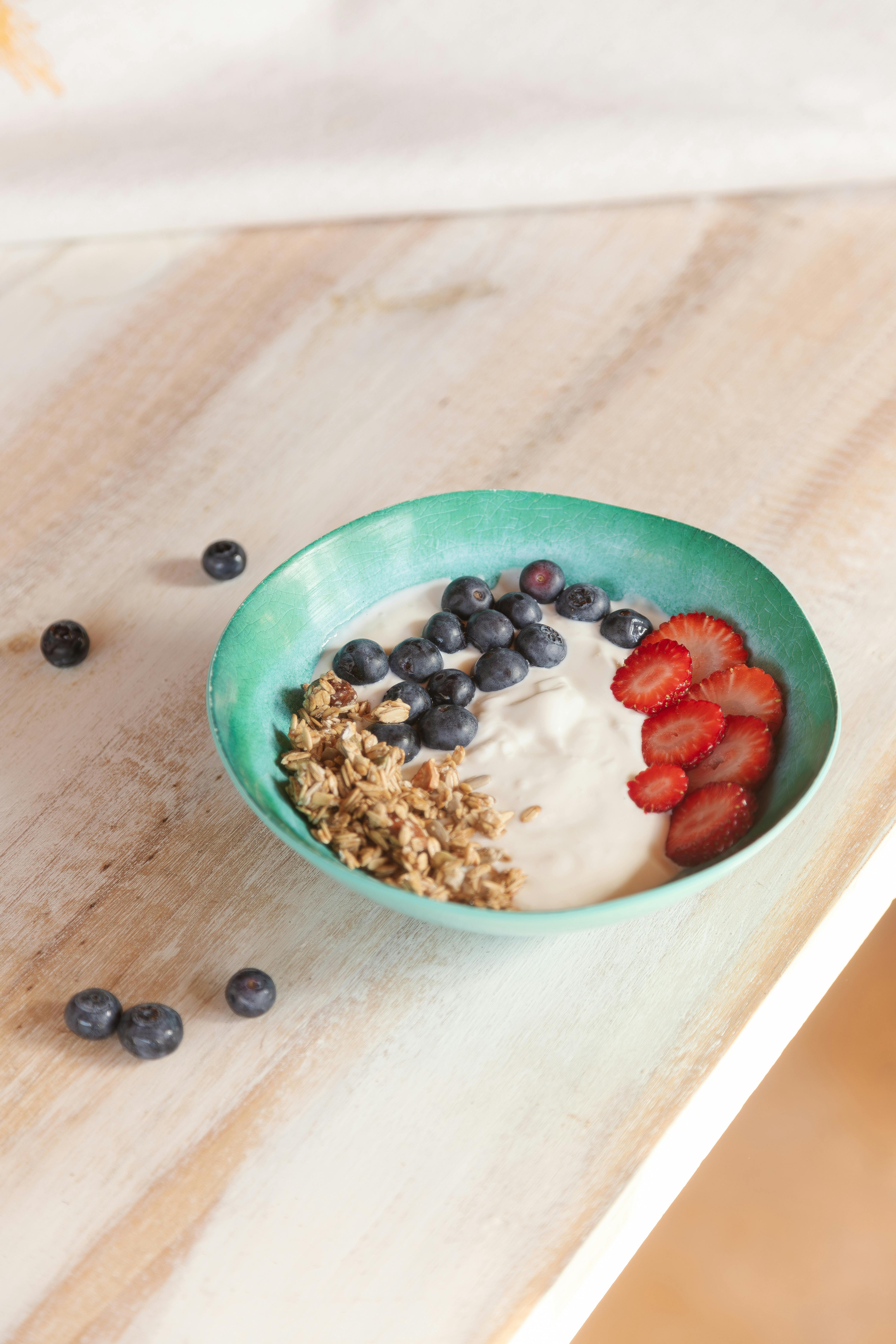
Top 5 Keto Cherry Alternatives for a Low-Carb Diet in 2025
Choosing fruits on a ketogenic diet can be challenging, especially when it comes to balancing deliciousness and carb counts. While cherries offer some health benefits, their carbohydrate content can hinder those aiming for strict ketogenesis. This article will explore five excellent keto-friendly alternatives for cherries that can keep your diet low in carbs and high in nutrition.
Fruits can play a vital role in a well-rounded ketogenic diet, but understanding options and their nutritional profiles can make all the difference. Here, we will delve into the best low-carb fruits that mimic the taste and texture of cherries and how they can be incorporated into your meal planning.
As we proceed, we will highlight the nutritional benefits of each alternative and offer practical tips to include these fruits in your keto meal plan. By the end of this article, you'll know how to satisfy your fruit cravings without derailing your low-carb lifestyle.

Essential Guide to Keto-Friendly Alternatives to Cherries
1. Raspberries: A Low-Carb Delight
When it comes to finding low-carb fruits, raspberries shine brightly. With less than 5 grams of net carbs per 100 grams, raspberries are an ideal alternative for those craving cherries. Not only are they keto-friendly, but they also pack a punch in terms of antioxidants.
The rich flavor profile of raspberries can mimic that of cherries when used in recipes like salads or smoothies. Additionally, they have about 6.5 grams of dietary fiber per 100 grams, which can aid digestion and promote a feeling of fullness, aligning perfectly with keto guidelines.

2. Blackberries: The Nutrient Powerhouse
Blackberries are another fantastic substitute for cherries, containing around 5.3 grams of net carbs per 100 grams. These berries not only mirror the sweetness of cherries but also boast high levels of vitamins C and K, as well as manganese.
Incorporating blackberries into your diet can be effortless. They can be added to yogurt for a delightful breakfast or blended into a refreshing keto smoothie. Their high fiber content also makes them suitable for maintaining a healthy digestive tract.
3. Strawberries: A Classic Choice
Strawberries are a well-known and loved fruit that fits perfectly within keto guidelines, with about 7.7 grams of net carbs per 100 grams. Their vibrant color and sweetness make them an appealing option when cherry cravings strike.
Strawberries can be enjoyed fresh, tossed in salads, or used as a base for low-carb desserts. They are particularly effective in helping combat cravings due to their natural sweetness. Pair them with whipped cream for a keto-friendly treat or incorporate them into a smoothie for an extra flavor boost.
4. Avocado: A Unique Twist
While technically a fruit, avocados are not often compared to berries, yet their creamy texture and low carbohydrate profile make them a stunning cherry alternative. With only 1.8 grams of net carbs per 100 grams, avocados provide ample healthy fats and fiber.
Using avocados can add richness to your meals, transforming salads or smoothies into decadent, satisfying experiences. Although not traditionally sweet, avocados can bridge the gap in texture when creating keto-friendly desserts, especially when blended with erythritol or stevia for sweetness.
5. Olives: A Surprising Substitution
Olives are another surprising yet effective alternative to cherries on a keto diet. With about 3.1 grams of net carbs per 100 grams, they bring a unique flavor and a wealth of health benefits, including heart-healthy fats and anti-inflammatory compounds.
Incorporating olives into salads or as toppings for keto-friendly pizzas can enhance flavor while maintaining low-carb integrity. Their distinct taste can satisfy cravings for savory snacks, which can occasionally be just as appealing as sweeter options.
Understanding the Role of Fruits in a Keto Diet
When following a ketogenic diet, it’s essential to understand the carbohydrate content of fruits, as most conventional fruits can be high in sugar. The key is not only to replace high-carb fruits like cherries but to find those that offer good nutritional density without compromising your carb limits.
Understanding the glycemic index of fruits can help you choose appropriately for your blood sugar management. Low glycemic fruits, such as the alternatives mentioned, can help avoid spikes in insulin and support your weight loss goals.
In this section, we’ll explore how to maintain portion control and incorporate these alternatives into your meal plans effectively, focusing on nutritious, satisfying options that allow you to thrive on a low-carb diet.
Common Questions about Keto and Fruits
Are cherries keto-friendly?
While cherries can be enjoyed in moderation on a ketogenic diet, they have a higher sugar content than many other berries, making them less ideal for some. It’s essential to monitor portion sizes to align with your carb goals.
How can I include keto-friendly fruits in my diet?
You can integrate keto-friendly fruits into your meals by using them in salads, smoothies, or snacks. Please consider their carb counts and opt for those that suit your overall dietary restrictions.
What fruits should I avoid on a keto diet?
Avoid high-carb fruits like bananas, grapes, and even some dried fruits. These can quickly push you beyond your daily carbohydrate limits.
How do low-carb fruits compare nutritionally?
Low-carb fruits often contain fewer sugars and carbohydrates while providing beneficial nutrients like fiber, vitamins, and antioxidants. This makes them essential for maintaining health on a ketogenic diet.
Can cherry recipes be adapted for keto?
Yes! Many cherry recipes can be modified by substituting cherries with lower-carb alternatives like raspberries or blackberries, and using keto-friendly sweeteners to achieve similar flavors and textures.
In conclusion, while cherries hold certain health benefits, they might not fit neatly into a strict ketogenic diet due to their carbohydrate count. By embracing these five alternatives, you can keep your meals delicious and aligned with your dietary goals.